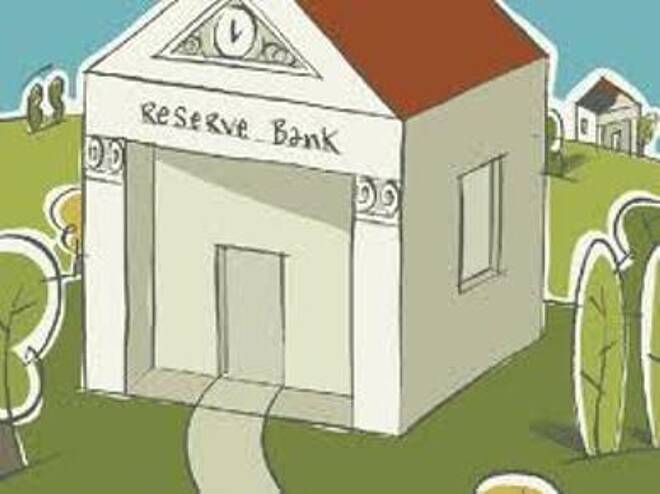Advertisement
Advertisement
Central Bank Action Focus For Forex
By:
Can anything slow down the rise of the US dollar which could break the 100 level on strong US data later in the trading session? The greenback is trading
The greenback is trading at 99.81 in Asia on Wednesday morning. The dollar sat near a 7-month high against a basket of currencies on Wednesday as the euro slid on expectations for more monetary easing by the European Central Bank in December. The greenback treaded water after its advance was halted by an overnight drop in U.S. Treasury yields amid investor demand for safe-haven assets. Analysts said that although the 0.2 percent rise in the US consumer price index in October was weak, underlying gains in health care, insurance and housing costs were likely to accelerate core inflation, giving the Federal Reserve more reason to begin raising interest rates in December.
Traders are also awaiting the release later in the day of minutes from the US central bank’s October policy meeting, hoping for some clues about board members’ thinking and possible pointers to their plans for next month’s gathering.
The greenback’s gains came in large part from the euro’s weakness. The common currency was down 0.1 percent at $1.0634 after touching a 7-month trough of $1.0630 hurt by the potential harm the Paris attacks could do the euro zone economy, and which could require yet more easing by the ECB.
The euro could also face pressure in the longer run with France on a stronger war footing following the assault on its capital. France is bound to overshoot its European Union budget deficit target as it boosts security spending in the wake of the Nov. 13 attacks, Prime Minister Manuel Valls said on Tuesday.
The euro remains more focused on upcoming actions from the ECB in early December as Mario Draghi continues to speak up his stimulus plans preparing markets ahead of the meeting. Another senior European Central Bank official suggested it might need to loosen monetary policy in the coming month.
“It’s key for a central bank to keep inflation expectations anchored, especially in a period of slack in the economy, and we have some signals that these inflation expectations are still fragile,” ECB executive board member Peter Praet said in a Bloomberg interview.
“The worst policy mix for a currency is loose monetary and tight fiscal policy. The Eurozone is flirting with this combination, even if the region’s fiscal straitjacket is not being enforced rigorously. This is part the case for a weaker euro in the quarters ahead,” wrote Marc Chandler, global head of currency strategy at Brown Brothers Harriman.
The stronger US dollar is trading against the Japanese yen at 123.37 near the top of its range as the Bank of Japan two day meeting begins. According to Bank of Japan board member Yukata Harada, the wage growth required for BOJ to achieve its inflation target would be 3% – well above the current trend. Academics and business representatives also think that more needs to be done, as a panel called for a sharp hike in the minimum wage at the Council of Economic and Fiscal Policy meeting on Wednesday.
The central bank will need to see earnings growth to stimulate household consumption, boost consumer confidence and ultimately reflate the economy following its two decades of deflation. The rising wages should increase the disposable incomes of Japanese consumers, increase their willingness to spend and create a wage-price spiral to help the BoJ meet its 2016 inflation target. Japan has slipped back into recession, shrinking -0.8 per cent for the July-September quarter, following the -0.7 per cent contraction of the previous quarter. There is also likely to be an extension of QE announced by the Bank of Japan in its policy meeting this week, beyond the present 80 trillion yen being issued annually.
Also in Asia a fall in dairy prices knocked the New Zealand dollar lower. The kiwi struggled near a 6-week low of 0.6452. Data out late on Tuesday showed global dairy prices fell for the third consecutive auction, adding to pressures on New Zealand farmers and to the chance that the central bank could cut interest rates at its meeting next month.
About the Author
Barry Normanauthor
Advertisement
